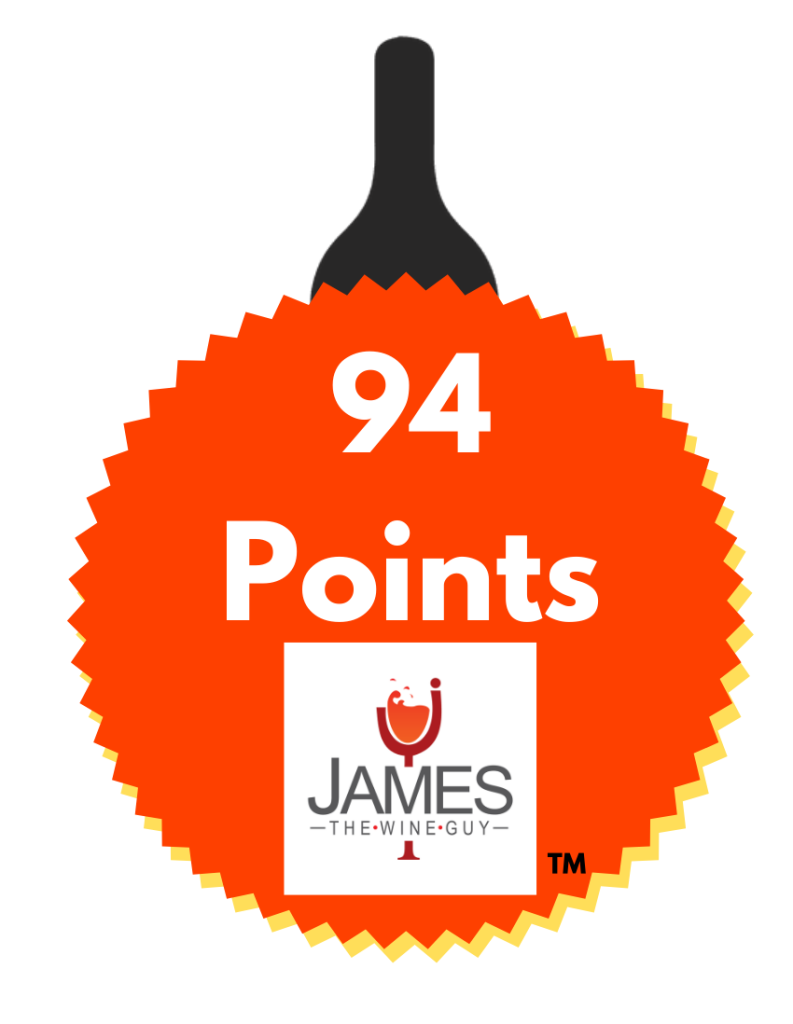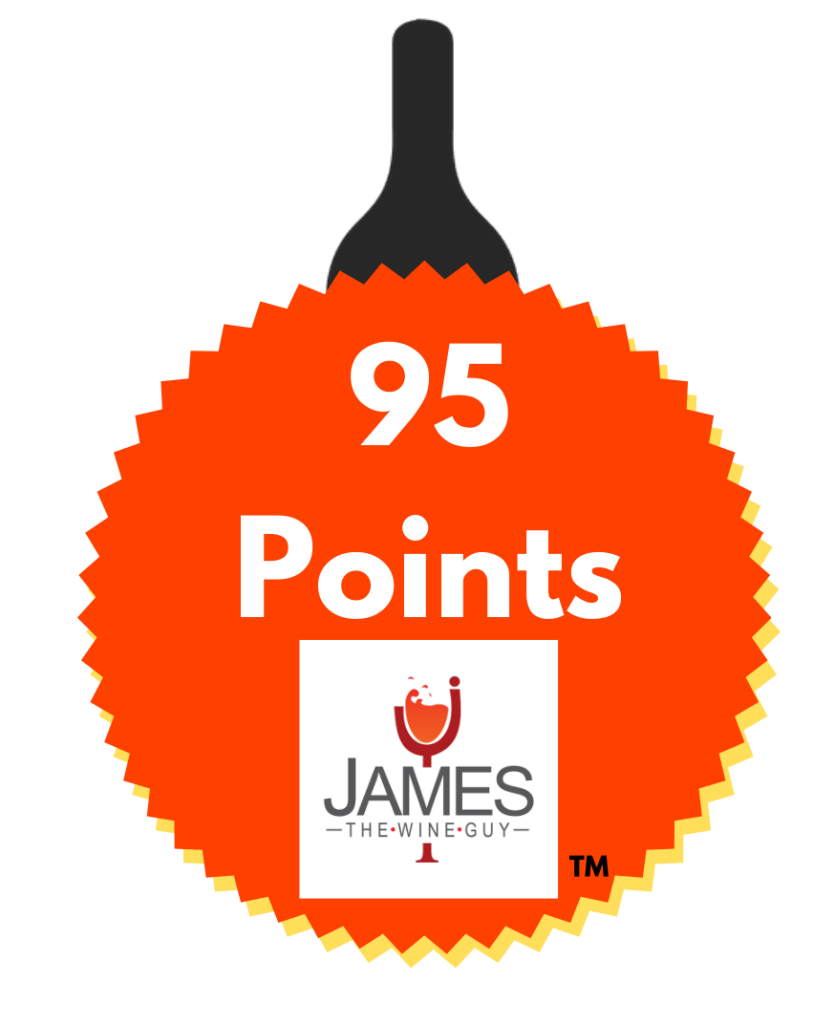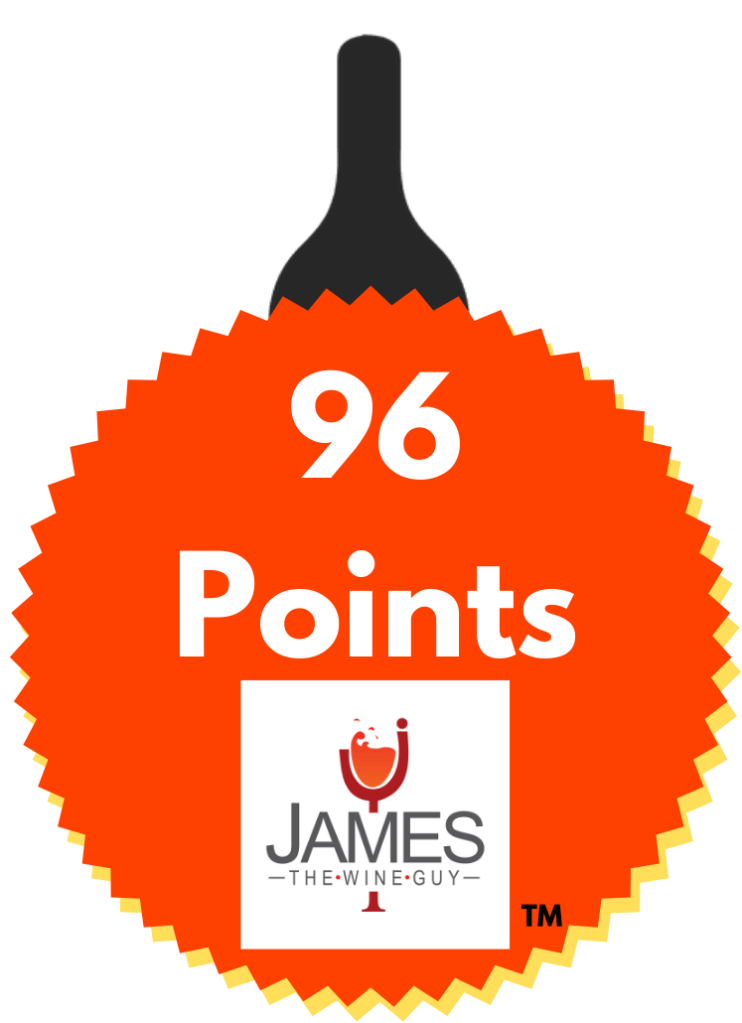
This is a short and actionable article on Video + Managing Your Content. Primary audience for this content for businesses and niche video content producers and all are welcomed to read of course!
Managing Your Expectation of Your Video Content is something you can and should be doing!
Seems obvious, Right?
YouTube can make a video producer feel vastly unsatisfied and feel as if progress is retrograde. But all is not lost.
YouTube is a one-size-fits-all video platform – it is rare for a one-size-fits-all product type to work for everyone and everything. When I buy a pair of gloves or a shirt and it is a one-size-fits-all do I expect them to fit? So perhaps through randomness I might get what I want and need but more likely I will not get what I want and need hence YouTube is a fitting analogy.
For niche content, the YouTube algorithm is designed for big ticket items like gaming or DIY, etc. And yes it is unfair to niche products BUT I keep putting one foot-in-front-of-the-other and hence by that extension I encourage you to do the same.
Here are 10 things you can do to optimize your video’s performance and manage your YouTube channel:
- Manage your expectation – I have three sets of click averages that I monitor:
- Just published rate – I know overall average performance and I have a very modest number that I seek for each video; this average click rate can tell me if I need to do anything else to increase click rate
- Long-term rate – how are my videos performing post 6 months? Have they exceeded the average? If not I know I will to take action
- Specialized/Well Known Product content rate – some of my content performs at multiples of my non-specialized content averages. If there is significant lag I will then take action
** And clicks are still very important–it is the only data a viewer sees on each video. Viewers feel more confident if a video has 100 clicks versus 5
- Monitor view rate – All this will tell you is when someone will stop watching your video–this happens to many if not all video producers–rare for someone to watch a video E2E (end-to-end)
- I have reduced duration of videos to some degree where logical; but you should not reduce to render your video content as too thin or uninteresting
- I give time points in longer videos (e.g. History – 00:40, Background – 01:50) to help viewers hone in content that they are interested in viewing–I’d rather have viewers find what they are seeking then have them leave too soon (Give time point in video description and pin in comments section)
- Promote More Than Once – just because you have “built it” doesn’t mean those that might want to see your content have actually seen it
- Find opportunities to promote multiple of times and not just a few days after publishing but weeks if not years (wine content as an example to large extent is evergreen) if you are talking about a past vintage perhaps someone would still like to view it
- Add three hashtags in description – the hashtags will allow the viewer to find your content via search. You will also get insight as to how many videos with those specific categories have been published (I note for future content)
- Add a thumbnail – while YouTube will generate a random thumbnail from your content – it will not be enough for someone to click on your content. When I first started making content there was no Canva application. You can use the free version of Canva: it is an awesome tool to making a clickable thumbnail as it attractive and contains actionable images and words
- Ask people to give a Like to you video and to Subscribe to your channel – years ago YouTube “Discouraged” this practice: I saw everyone doing it and I quickly adopted what other producers were doing. I think it is a small ask and so many viewers are willing to do this. And make the ask at the beginning of video for viewers to take action right away (if you place towards end of video they may not watch entire vieo)
- Ask business (that you are featuring) to support your video by giving a Like, Retweet Subscribe, and also for placement in their newsletter and website and any other showing of support for the content you created. I am surprised when I do not get a response from business where I featured their product
- Manage Video Visibility Settings: Public, Private and Unlist – I don’t delete videos ever especially if I have clicks on those – I will usually unlist. YouTube is unpredictable, at best, on how it treats counts – generally your aggregate click rate will show up on your home page “About” on Your Channel. Counts now (2023) for private or unlist are deducted off of total to anyone viewing the About page. The only way you can get all of clicks to show is that all videos have to be public
- Review video prior to posting for any additional edits – YouTube has a simple editor for published videos which I try not use unless it is absolutely necessary–not terribly easy to use and not as easy to use as a full fledged video editor
- Quality of Video Output – I will unlist content that either hasn’t performed well or if the quality is something not pleasing (such as aspect ratio) for video consuming public. There is a difference on how something looked due to camera technology a decade ago and today’s current camera technology (I am okay with people seeing my content as it was 10 years ago) but if I feel it is not up to standards I will place video in unlist or private
YouTube could be more dynamic in how it treats its specialized and niche video content producers. Their only interest is on content producers who have hundreds of millions of clicks and equally hundreds of millions of hours consumers yearly. While YouTube does “survey” its producer community it does not take any actions to mitigate how they are treated by the one-size-fits-all algorithm. But I am not going to hold my breath forYouTube to suddenly understand smaller and niche video producers. I will not waste valuable time. I will optimize my channels performance in spite of the many restrictions and non support from the YouTube algorithm.
© 2023 James Melendez / JamesTheWineGuy— All Rights Reserved – for my original content, drawings, art work, graphs, photographs, logo, brand name, rating, rating, taxonomy, graphic and award, my original art work and all designs of JamesTheWineGuy. JamesTheWineGuy is also on Facebook, Twitter and most major social medias.
#video #youtube #contentcreator #video #videoproducer #manage #manageexpectation #proactive #proaction
Follow, subscribe, like, browse:

















































































